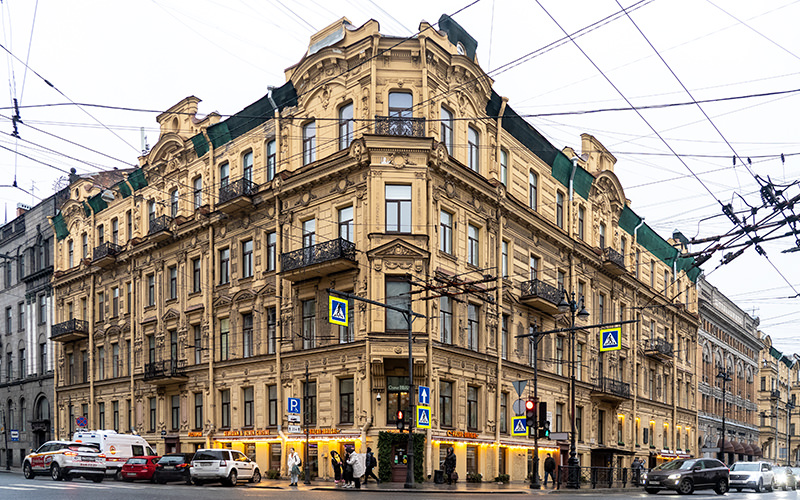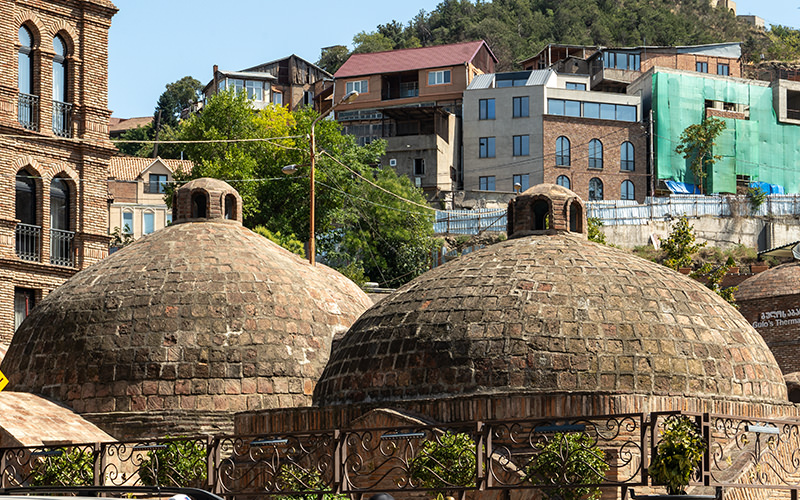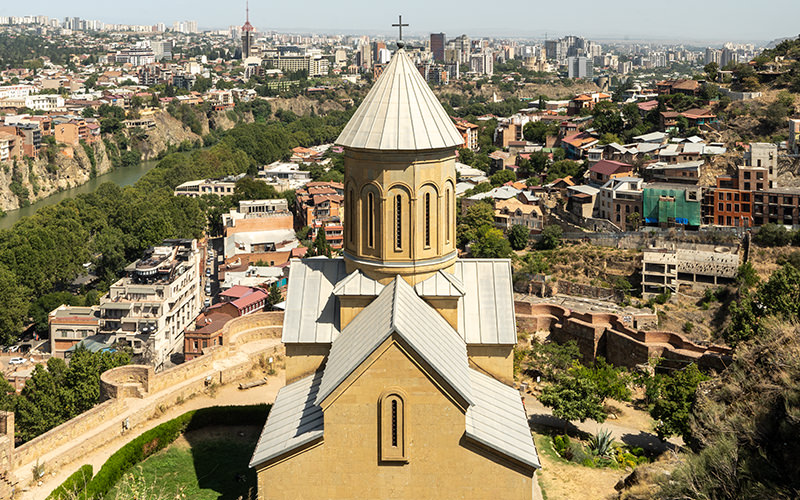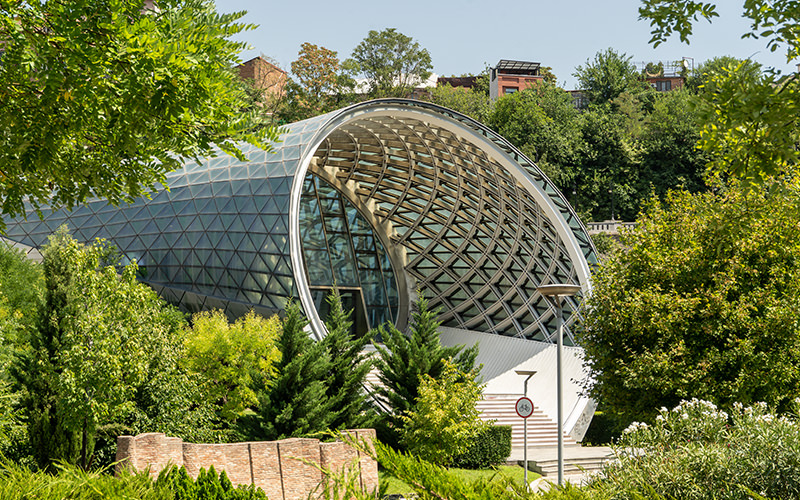Hi! Today we will once again transport ourselves to the capital of Georgia – Tbilisi, to take a look at the ancient Metekhi Church. The church is notable not only for its venerable age but also for its fortunate location on a hill in the very center of Tbilisi, making it one of the city's tourist symbols.
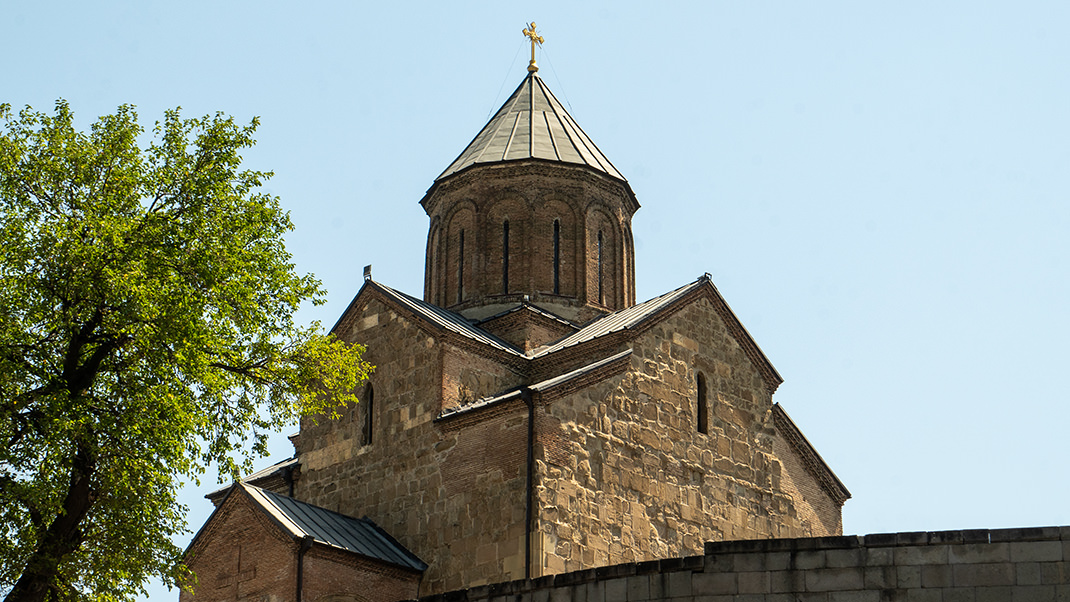
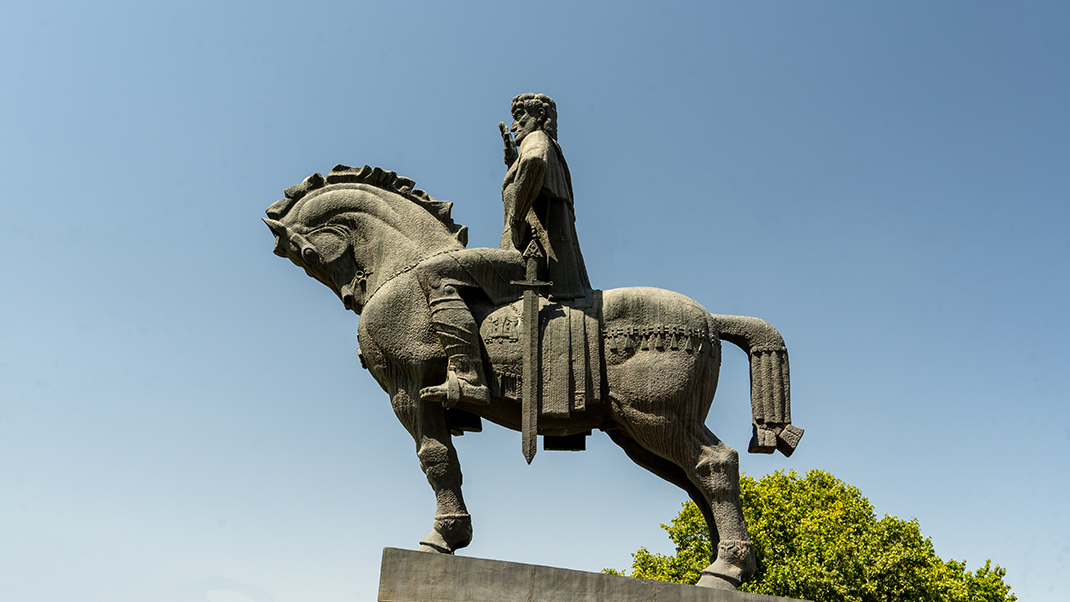
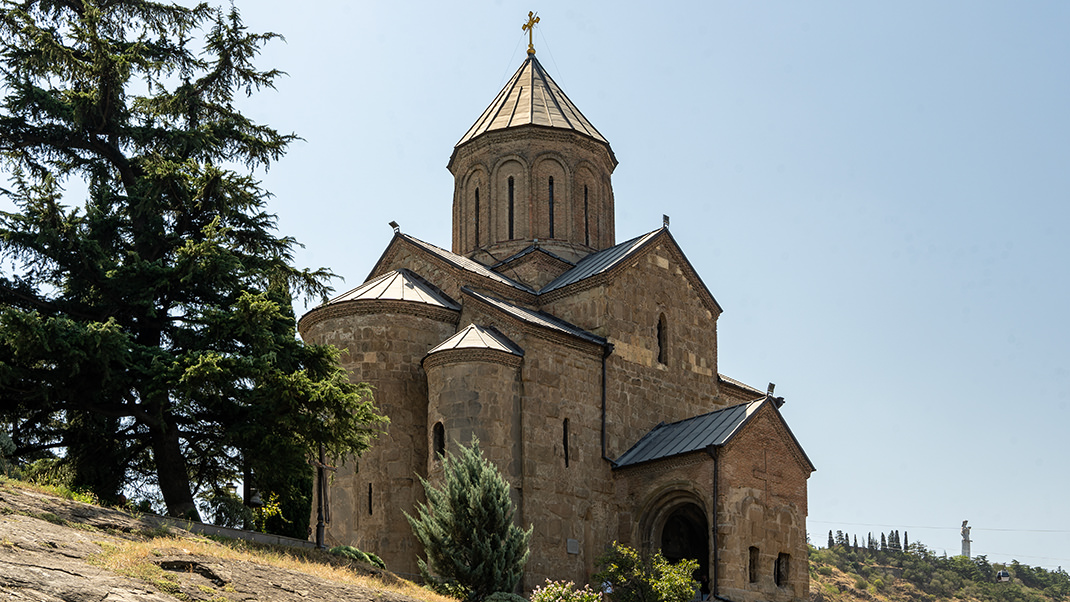
How to Get There by Metro
I walked here on foot from Tbilisi Railway Station. If you're going to the church by metro, the nearest station is "Avlabari," and it takes about 7-10 minutes to walk from there to the church. According to online maps, you can enter any day of the week; the church is open until 7 pm.
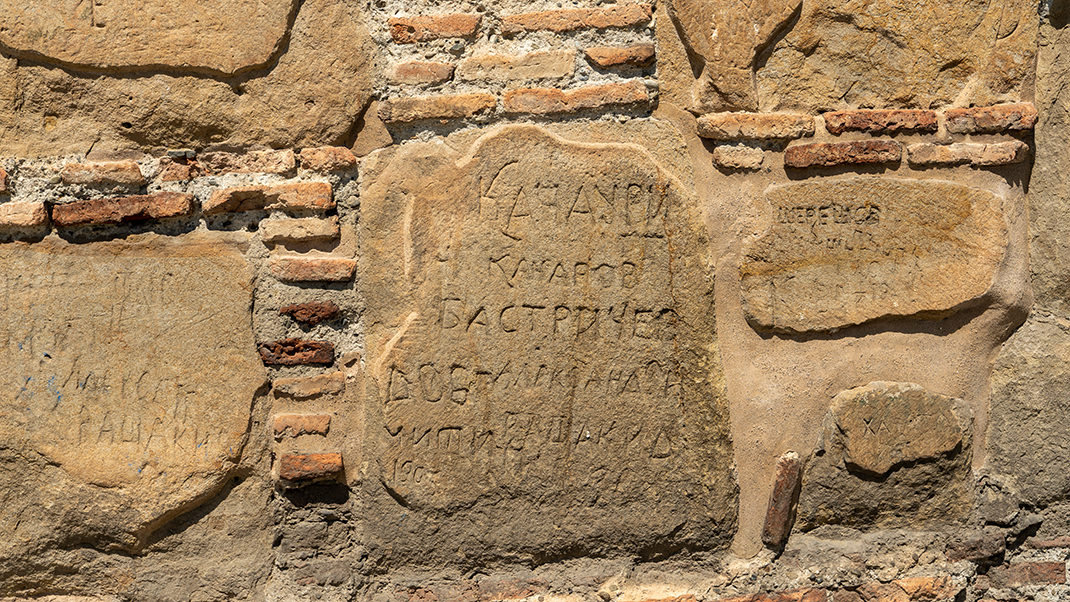

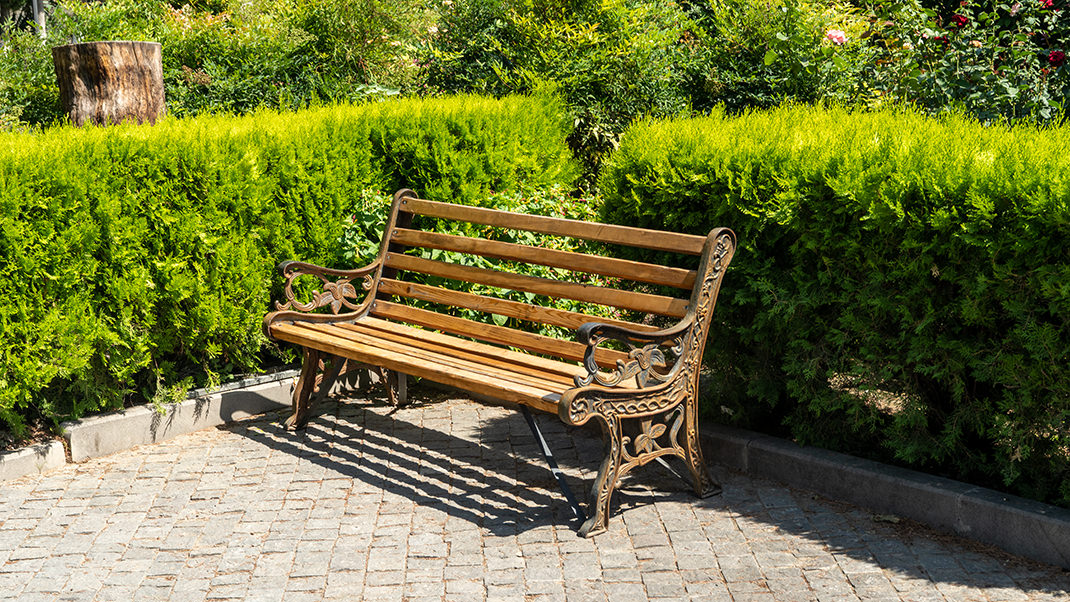
A Bit of History
It is believed that the first church on the hill near the Kura River was built in the 5th century. This structure was destroyed during the Mongol invasion. The building we see here today belongs to the architectural monuments of the 13th century, built during the reign of King Demetrius II the Self-Sacrificer.
In the past, next to the church building, there was a residence of Georgian rulers. In the 17th–18th centuries, both buildings passed into the hands of the Persians and Turks, but in 1748, King Heraclius II captured them. He also restored the dilapidated church building. In more recent times, the building served as a prison and warehouse, but today the church has been returned to the faithful.
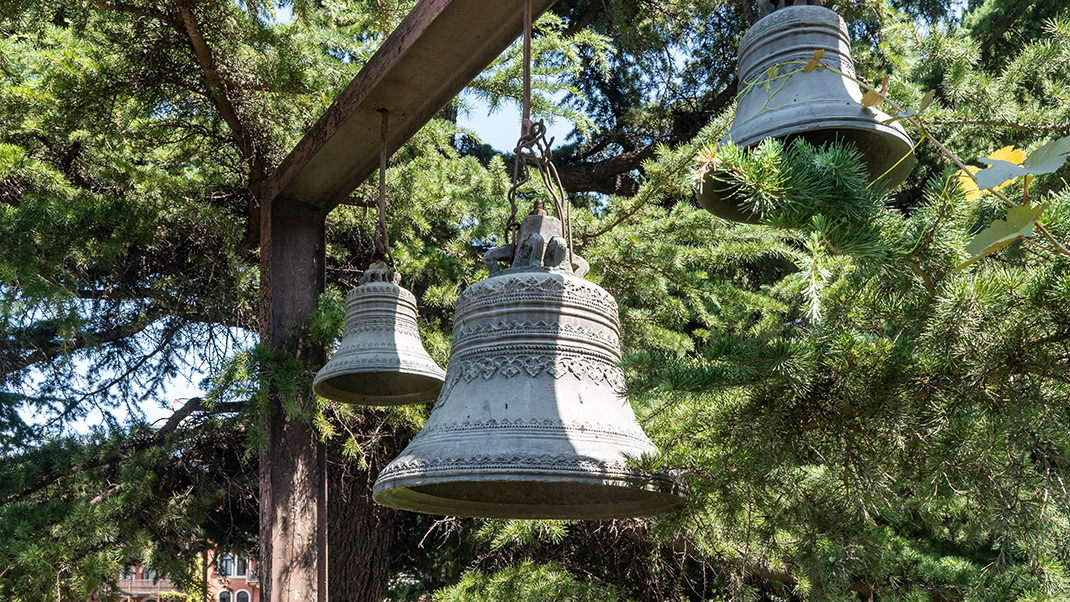
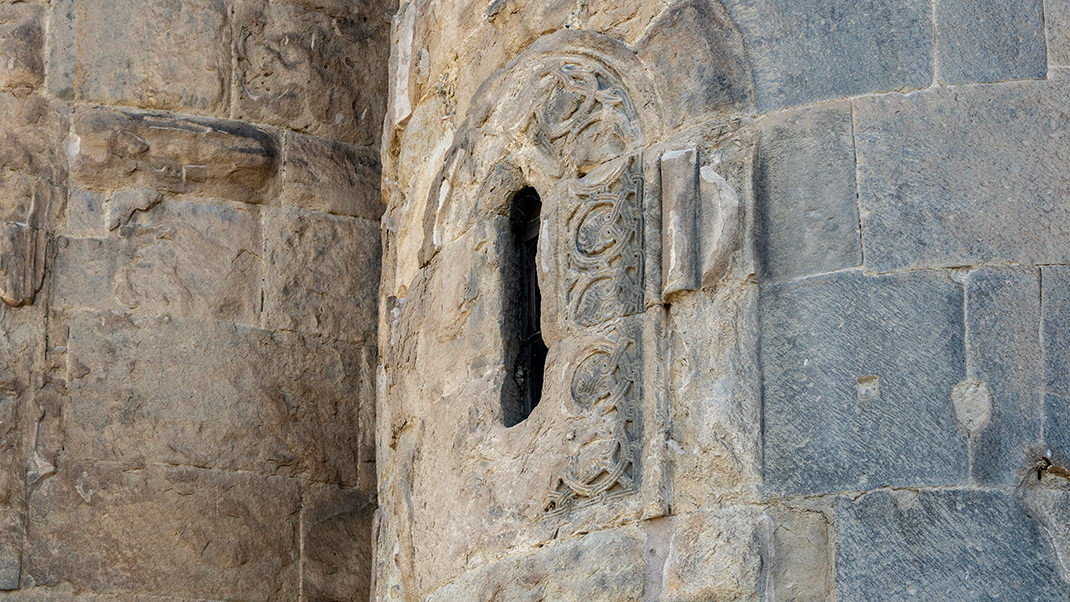
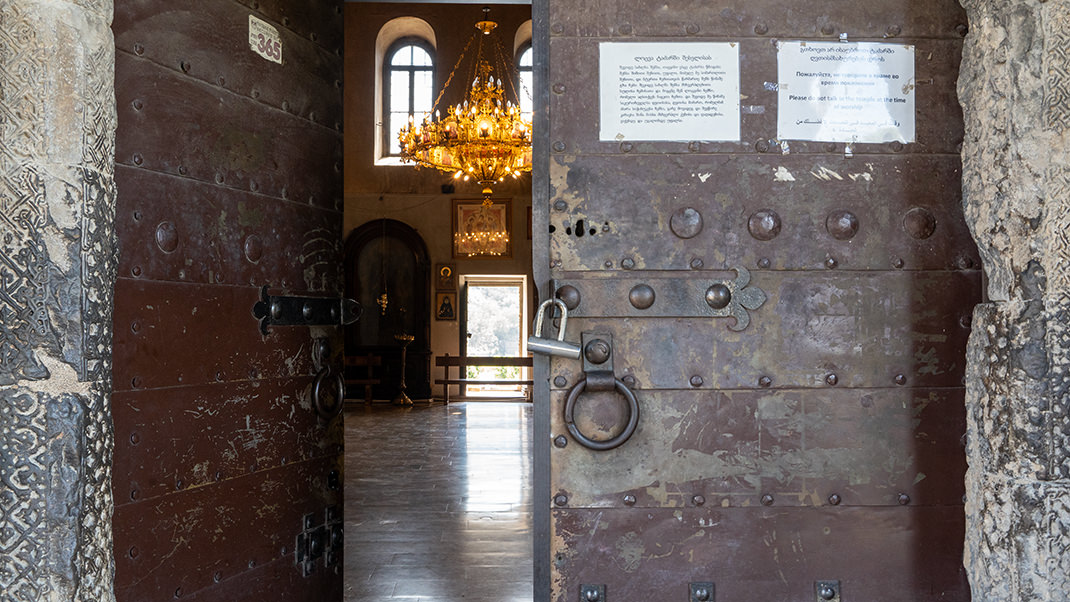
One architectural book about Georgia mentions that the distinctive feature that sets the church apart from other cult buildings of that period is the presence of projecting apses (semi-circular projections attached to the main volume of the building). The same source notes that rows of arches are absent from the facade of the ancient church: this element, on the contrary, was characteristic of Georgian churches of the Middle Ages.


Next to the church building, there is a small cozy square. Several benches are installed here for relaxation, offering an excellent view of the central part of the city.
Not far from the church building, another symbol of Tbilisi rises – the monument to Vakhtang I Gorgasali. According to legend, it was this ruler who chose the location to found the city. I wrote about this legend in an article about an overview walk around Tbilisi.

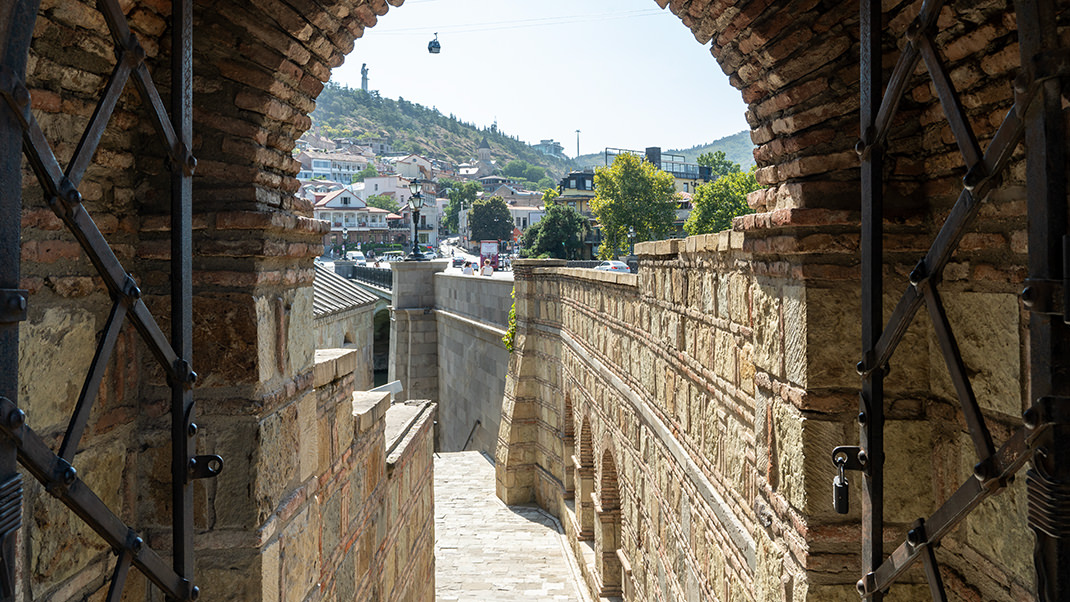

If you descend from the church to the Kura River, you can see another small cult building – the st. Abo Tbileli Church. He is considered the heavenly patron of the Georgian capital. It is believed that the remains of this young preacher, who lived in the 8th century, were beheaded, burned, and thrown into the waters of the Kura. Probably, the location of the church here is connected with the fact that the tragic events took place not far from this place.
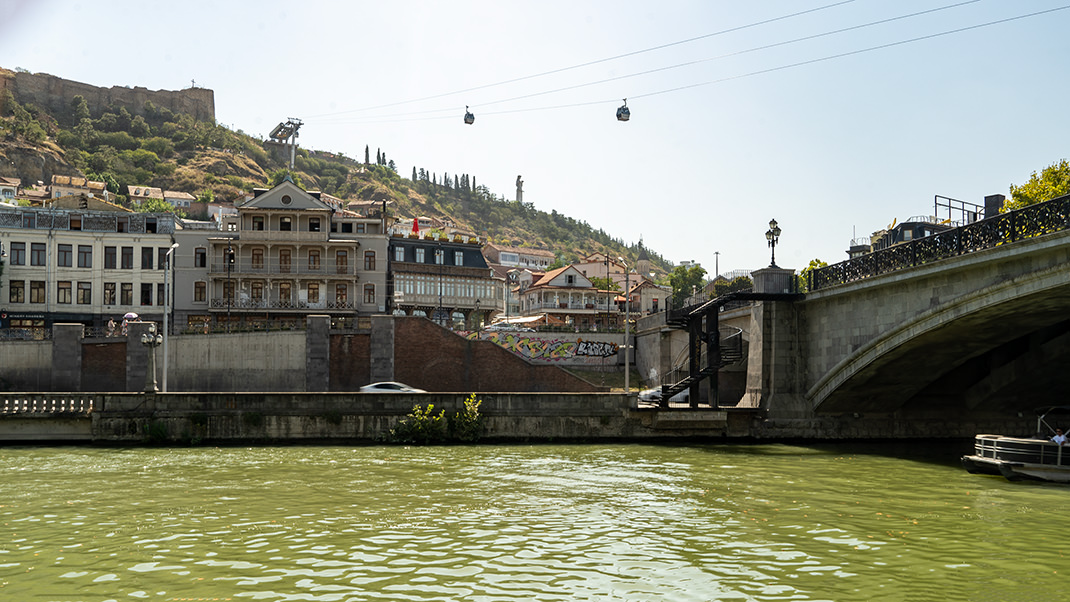

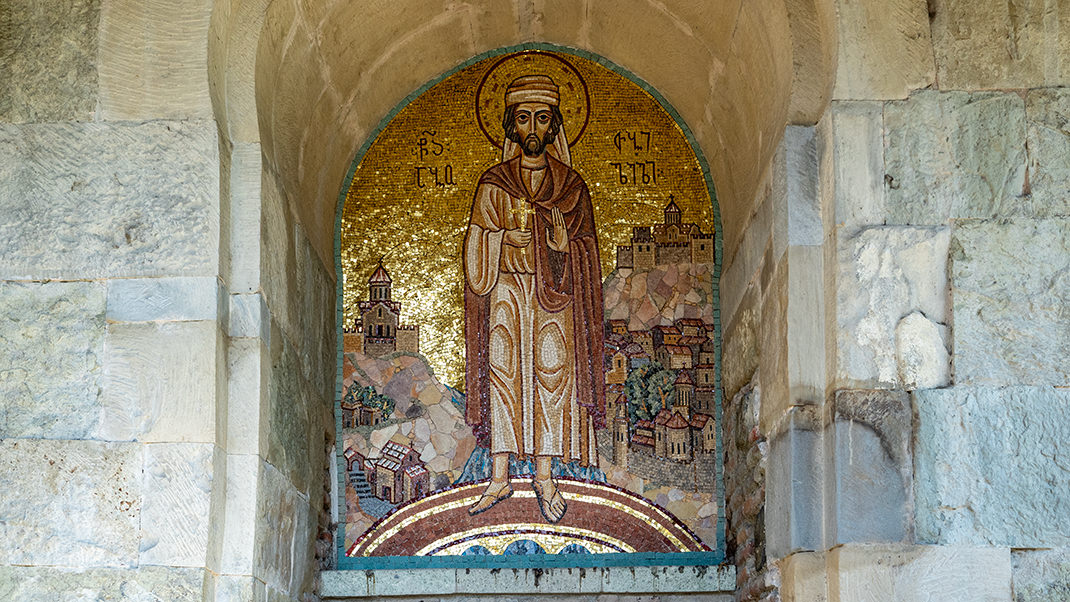
My next article about interesting places in ancient Tbilisi will be devoted to the route through the Old Town.
Have a nice trip!




